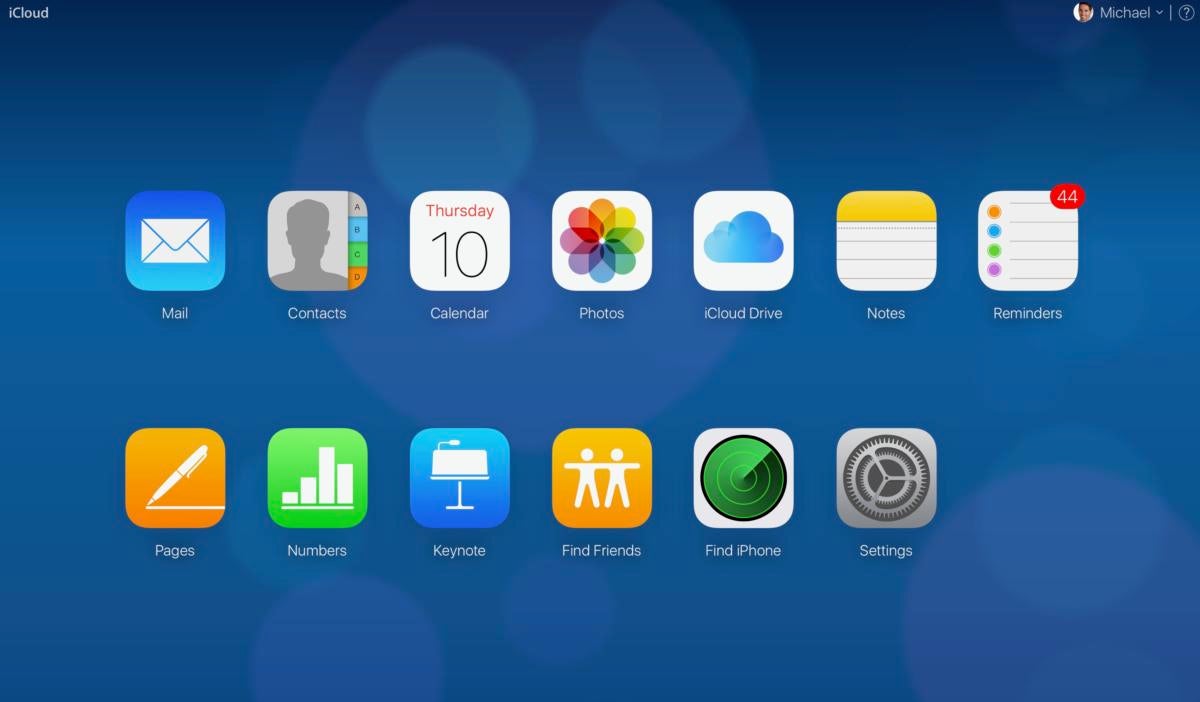Icloud Explained

Icloud Explained Video 2016
Apple's has finally brought iCloud support for iMessages, also called Messages in iCloud. When you set up, you get 5GB of storage. You can use that for all your backups. So, you can keep your photos and videos stored in iCloud Photo Library, or your documents saved to iCloud Drive, or ensure all your text messages are up to date across your devices via Messages in iCloud. Plus, if you need more space, you can alway buy more iCloud storage, starting at $0.99 a month. However, before we get ahead, let's dissect Messages in iCloud: Prior to 29 May 2018, you couldn't use iCloud for your text messages.
The update, which included Messages in iCloud, essentially enables you to treat your iMessages like you treat your photos. Messages sync across all devices, and can be deleted from your device and remain accessible from the cloud. Here’s what you need to know about Messages in iCloud and how to switch on the new feature. What is Messages in iCloud?. Messages: First, you should know that 'Messages' also means, Apple's app that iOS device owners and Mac owners can use to send and receive texts, photos, videos, Animoji, and more. You can read more about the messaging service.
iCloud: As for iCloud, as we mentioned earlier, it's also built into every Apple device so that you can keep your photos, files, notes, and more, safe, up to date, and available wherever you are. Everyone gets 5GB of free iCloud storage to start. You can read more about it. Read the bullets above for a primer on the difference between Messages and iCloud. Once you get that sorted, you can better understand what 'Messages in iCloud' is supposed to mean. You see, with Messages in iCloud, you can store your messages, photos, and other attachments in iCloud in order to free up local space on your iOS devices and Macs.
But it also syncs your messages across devices. Previously, iMessage syncing worked alright. Any messages you sent or received on your iPhone would be almost instantly synced to your Mac and iPad. However, if you set up a new device, you would not see any of your old messages or conversations on that device.
Of course, there were workarounds. Like, you could restore your new iPhone from an old backup in order to carry over to your new iPhone.
Also, each of your devices backed up its entire Message library, which wasted your iCloud storage space. Long story short, iMessage isn't perfect, but Messages in iCloud aims to fix all of these problems. Going forward, your messages are stored in a central spot, and sent to any device you connect to now or in the future. You can also remove old messages from a device and still access them in the Cloud. Or, you could choose to automatically delete old messages from your iPhone, but keep the full history on your Mac.
How does Messages in iCloud work? Messages in iCloud essentially boils down to making your messages sync better across all your devices (old or new) and letting your messages and their associated attachments and photos take up less space on your device.

It's confusing, we know. To make it easier, here are the main aspects:. You can store your messages, photos, and other attachments in iCloud.
All your messages will appear on a new device when you sign into it with the same iMessage account. When you delete messages and conversations, they are instantly removed from all your devices. Apple How to turn on Messages in iCloud iPhone or iPad users To enable Message in iCloud, you have to opt in by going to the Settings app Apple ID page iCloud, and then toggle on Messages. As a security measure, you must enable two-factor authentication. If you don’t, turning on Messages in iCloud will bring up a page to help you set it up. Note: Make sure you're running iOS 11.4. Mac users Go to Message app, then go to Preferences, and check the “Messages in iCloud” box to enable it.
You’ll need to do this for all your Mac devices. Do you need to buy more iCloud storage? Messages in iCloud may take up more space in your iCloud.
However, each device’s backup will be smaller since they’ll no longer include most of your locally stored messages and attachments - but those messages will still take up spaced. How much space depends on how many Apple devices you have as well as the size of your iMessage backup. If you’re on Apple’s 5GB plan, you may need more space.
